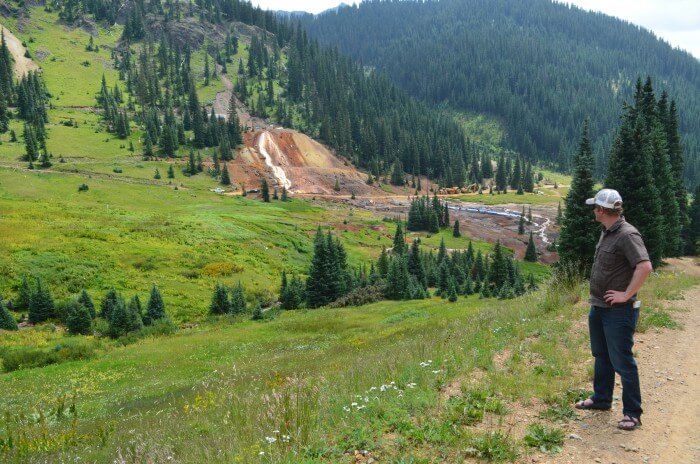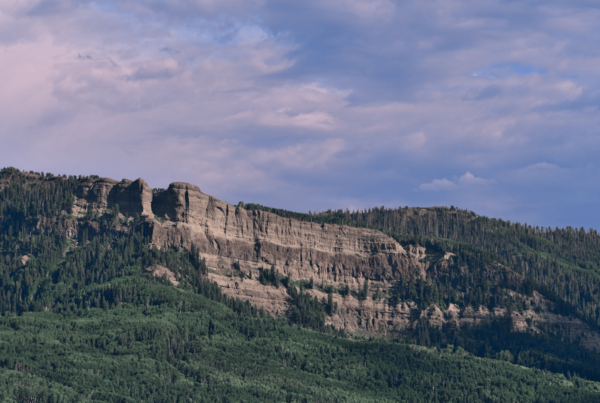The toxic plume from the Gold King Mine release has passed. Our river is no longer orange. Where do we go from here?
It is possible that this disaster, like so many horrors we hear about daily, will pass us by. Let’s talk about how we can make sure that doesn’t happen.
First, we need to re-sensitize ourselves and reclaim our power to act in the face of tragedy.
There is a sick side effect to living in a globally-connected and over-stimulating media environment: We have become functionally inactive in the face of horribleness.
The sadness you felt seeing the picture of a drowned 3-year-old migrant boy: What were you able to do with it? Tragedy after tragedy pile on top of one another with few opportunities for us to reach out and care for the flesh of those who suffer.
This happens so often that even when tragedy strikes close to home, many of us continue to watch from the sidelines, unaware that our minds and bodies are capable of fixing problems and comforting those in need.
The Gold King Mine spill and the broader problem of mine waste in the Animas headwaters has a human origin and a human solution. That solution will materialize only when enough people remember that we are born to act, not to consume.
Second, we need to understand that technical resources and funds are available to fix our problem in the here and now.
Much has been done to study the sources of pollution in the Animas headwaters, and good effort has been expended cleaning up the more manageable of those sites.
During that time, some really big things have simultaneously not happened, namely the mobilization of the right technical resources and appropriate funds to clean up the biggest and nastiest sources of pollution.
Did these resources and funds not materialize because they don’t exist? No. In the early 1990s, a mine site east of Wolf Creek Pass named Summitville was found to be leaking 3,000 gallons a minute of nasty waste into the Rio Grande watershed. The area was declared a Superfund site, cleaned up and a wastewater treatment plant was built.
While mine pollution around San Juan County is more geographically dispersed, a similar effort in targeted areas (such as the Cement Creek drainage) would dramatically improve the situation in the Animas headwaters, leaving organizations like the Animas River Stakeholders Group plenty of work to do on less technically daunting sites.
Third, we need to organize.
People and organizations exist that are actively resistant to mine cleanup. Some of those individuals act out of ignorance and fear. Others may face financial liabilities they’d just as soon avoid.
These people and organizations are a powerful minority that must be overcome. How? With the love, intelligence and political power of those people in our community who are looking out for the greater good.
To that end, San Juan Citizens Alliance is currently in discussions with the Waterkeeper Alliance to revive the Animas Riverkeeper. The reconstituted Animas Riverkeeper will serve as a community home for those wanting to advocate for the health of the Animas River, starting with the cleanup of mine waste in the headwaters.
SJCA campaigns exist along a continuum. From collaboration to activism, we choose our approach based on what is needed to achieve an important community end.
In light of the Gold King Mine spill – a disaster that came on the heels of 20-plus years of collaborative discussions – we believe it is high time to advocate strongly for the technical and financial resources needed for the cleanup of our river. Join us.
This content first published in The Durango Herald’s Thinking Green Column here.




